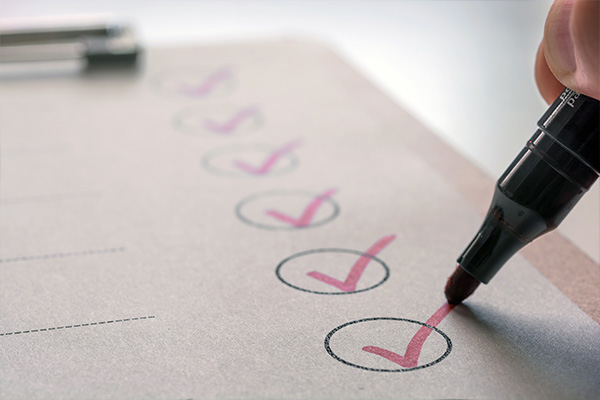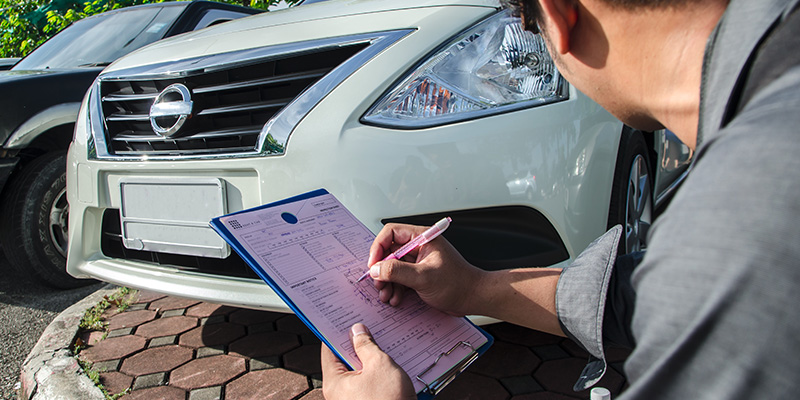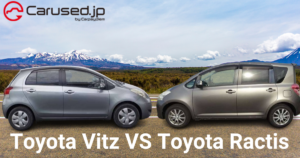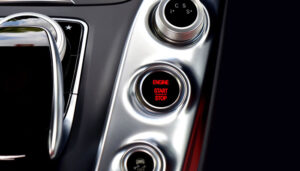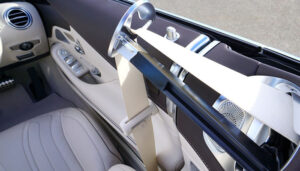There are 3 items to understand the EAA inspection, which is indispensable for importing used cars in Tanzania and Uganda!!
The EAA inspection is an export inspection received in Japan before shipments and is required when importing used cars in Tanzania and Uganda.
Used cars that are imported from Japan, where all roads are paved, to Africa with rocky roads of a lot of African stones and rocks, etc., so it is necessary to inspect the car to make sure that they can run properly.
Be sure to import the vehicles that have passed the inspection in order to avoid the failed or uninspected vehicles imported by mistake.
Currently, many countries set the inspection requirement such as JAAI in Tanzania and JEVIC in Uganda, but EAA is approved by the governments of both countries that can meet import conditions instead of JAAI and JEVIC.
If it passes EAA inspection before exporting and passing the inspection, the car will be able to import locally.
*Radiation inspection is performed on all used cars imported from Japan.
The following are the items checked by the EAA inspection.
Must-see for those who are thinking of importing used cars from Japan! All the cars have passed such tests in Japan in advance so purchase without worry!
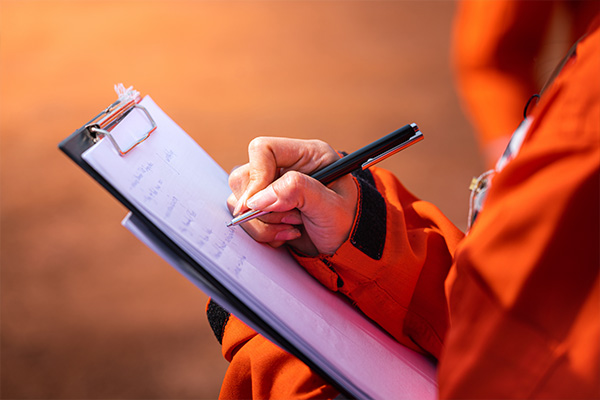
Such an EAA inspection! Three items are inspected!
1. Driving test
Abnormality when traveling
- There should be no abnormal noises or other abnormalities not seen in a normal vehicle.
Abnormality when braking
- There should be no abnormal noises or other abnormalities not seen in a normal vehicle.
2. Inspection using inspection equipment
Sideslip
- Sideslip: IN / OUT within 5mm per 1m driving
Tachograph
- Error: Indicating between 31 and 44.4 km/h (at 40km/h when driving) = Vehicles manufactured before December 31, 2006
Indicating between 31 and 42.5km/h (at 40km/h when driving) = Vehicles manufactured after January 1, 2007
Indicating between 12.7 and 21.3km/h (at 20km/h when driving) *
*The measurement at a speed of 20km/hr. is applied to the inspection for UGANDA when it is unavoidable to prevent danger. - Runout: Within +/-3km/h (when driving at a speed of 35km/h or more)
Braking force
- Sum of main braking force: 50% or more of weight (vehicle weight+55kg)
- Sum of parking brake: 20% or more of weight (vehicle weight+55kg)
- Sum of rear-wheel brakes: 10% or more of rear axle load
- Left-right difference: Within 8% of axle weight (Front: axle weight+55kg/Rear: axle weight)
Headlight
Measured with a running beam
- Luminous intensity* 4 lamp system: 12000cd or more
- Other than 4 lamp system (structure with simultaneous low beam lighting): 12000cd or more
- Other than 4 lamp system (structures with no simultaneous low beam lighting): 15000cd or more
- Optical axis: The main optical axis must be properly oriented both horizontally and vertically
Left and right within 10 cm: within 27cm, top: within 10cm, bottom: within 1/5 of the height of the center of the lighting unit
Exhaust gas
- Gasoline vehicle CO: 3.5% or less
HC: 1200ppm or less
- Diesel vehicle: Opacimeter measurement value: regulation value: within 0.80m-1, threshold value: within 0.64m-1
Measurement of sound level
- Proximity noise while stationary: within 88 dB (A)
- Car interior noise: within 70 dB (A)
- Horn volume: 90 dB (A) or more and 115 dB (A) or less
About truck rust: 1
- a:It is necessary to apply rust preventive paint on the car body
- b:The bottom and the inner surface of the trunk can be rusted
About truck rust: 2
Parts that are not considered as part of the car body do not apply standards of rust and damage (in the red frame below). EX, unick, cranes, aerial platform vehicles, mixer trucks, and tank trucks, etc.
As a basic idea, the trunk of the flat body and the dump truck and the high-quality cube type (van car, packer car) are considered as a part of the car body, and this inspection standard is applied, but other than that is not applicable. And not included in the inspection target.
3. Visual inspection items
Exterior
- No rust (or anti-rust paint applied)
- There is no repair on damages of the exterior (such as repairing with a tape)
- No more than 1/4 of the panel damages (dents, cracks, etc.)
*Fail if the panel has holes even if it is not included in the above - There are no protruding object (including broken antennas, cross-sections of damaged parts, etc.)
- No shortage of parts
- No rattling parts
Doors
- Can be opened and shut smoothly
- The components are firmly attached
- Be lockable
- Automatic doors can be opened and shut manually
- No drafts or an invasion of water
- The sliding door must be firmly held in the opening/closing position
Interior
- Doors, ceiling, seats, and carpets, etc. should not be damaged (tear, stain, etc.)
- There is no remarkable stains
- No damage, loss, or other significant damage to each part
- Equipped with a seat belt to function properly
- No rust (or anticorrosive paint applied)
Regarding the rust of the trunk of commercial vehicles such as vans and 1BOX, the same idea as for trucks is used.
Suspension – under-floor
- No rust (or anticorrosive paint applied)
For example, the part where the anticorrosive paint is not applied during manufacturing, such as the cut surface of the differential case. (rust caused by aging deterioration is excluded)
- No leakage of water, oil, and fuel, etc.
- Boots and bushes should not be torn
- No looseness or wobble in each mounting part
(Each suspension, tie rod, drive shaft, muffler suspension, and parking brake wire, etc.) - The shock absorber is functioning normally
Exhaust system
- No exhaust leakage
- Not making excessive noise
Tires
- Must be of a size suitable for the vehicle
* No protrusion or contact with car body - No damage to any part of the structure, such as cracks, exfoliations, and bumps of 25 mm or more or 10% or more of the ground contact width.
- All grooves have a depth of 1.6 mm or more
- Be firmly attached (in the state of a hub nut is tightened firmly)
- Air pressure is a required value
Engine room
- There is no leakage of water, oil, and fuel, etc., and an appropriate amount is left.
- Not markedly dirty
- No abnormal noise or vibration and functioning normally
- No rust (or an anticorrosive paint applied)
- There is no significant deterioration or damage to the belt (whether it does not appear white during rotation, and cracks or rustling)
- The battery does not have any leakage and contains the appropriate volume.
- There is no improper installation or routing of wiring
- R12 Freon gas is not used as the refrigerant.
Meters
- All instruments are working properly
- No breaking valve
- After starting the engine, the warning lights should not be lit.
Equipment(Air conditioners, power windows, and horns, etc.)
- All equipment is working properly.
Lamps
- No breaking valve
- It can be turned on or off normally by operating a switch or lever.
- No damage such as cracks on the lens
- No paint adhered to the lens surface, etc.
Reflector
- The reflector in the rear part should be red
- The reflector in the front or center should be orange
- Be firmly attached
- No paint adhered to the lens surface, etc.
Mirrors
- Being able to see behind
- The type that can be stored is that its function is not impaired
- Be firmly attached
Wipers
- Function according to switch operation
- No rust (or anti-rust paint applied)
- No significant unwiped residue
* No broken rubber
Glass
- The windshield should not be cracked more than 15 cm
- There should be no cracks with a length of 2 cm or more or star-shaped damage with a length of 1.5 cm or more in the part directly in the driver’s field of view (roughly the right half when viewed from inside the car).
- The glass on the three front panels must be colorless and transparent (excluding coloring by the manufacturer)
Cannot attach films, stickers, etc. - There is a symbol based on the standard (JIS or others)
Inspection by inspection equipment
